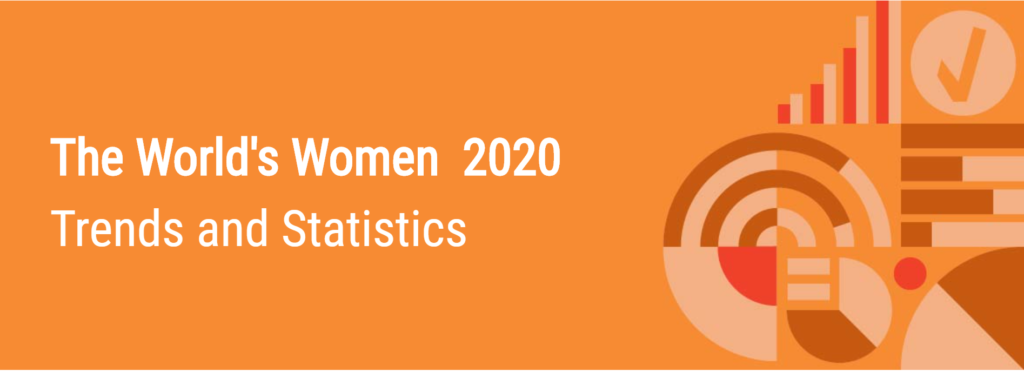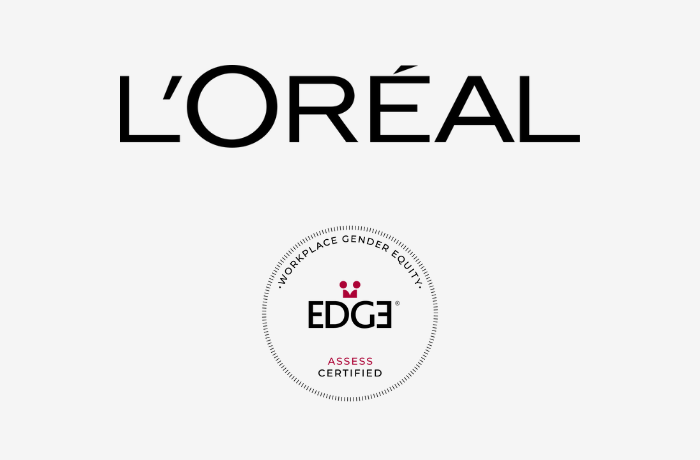The World Economic Forum article outlines the state of female leadership using information recently published in the UN report “The World’s Women: Trends and Statistics” 2020. Using 5 key statistics, the article reveals disappointing results in the progress of gender equality in female leadership.

António Guterres, Secretary General of the United States, provides an overview as follows:
“Twenty-five years since the adoption of the Beijing Declaration and Platform for Action, progress towards equal power and equal rights for women remains elusive. No country has achieved gender equality, and the COVID-19 crisis threatens to erode the limited gains that have been made. The Decade of Action to deliver the Sustainable Development Goals and efforts to recover better from the pandemic offer a chance to transform the lives of women and girls, today and tomorrow.”
Here Are Five Key Statistics On The Leadership Gender Gap:
28% – The proportion of managerial positions held by women worldwide in 2019, which is almost the same as in 1995.
18% – The share of female Chief Executive Officers, according to a survey of enterprises by the World Bank.
47% – The proportion of women of working age participated in the labour market,
compared to 74% of men, presenting a similar gap observed in 1995.
36% – The share of elected seats in local government held by women.
20 – The number of heads of state or government who are women, showing a slight improvement since 1995.
Read the full article here and find “The World’s Women: Trends and Statistics” by the UN here.
Source: Masterson, V. “The state of women’s leadership in 5 statistics“, World Economic Forum, 03 Nov 2020.
Image source: United Nations, “The World’s Women 2020 Trends and Statistics“.




